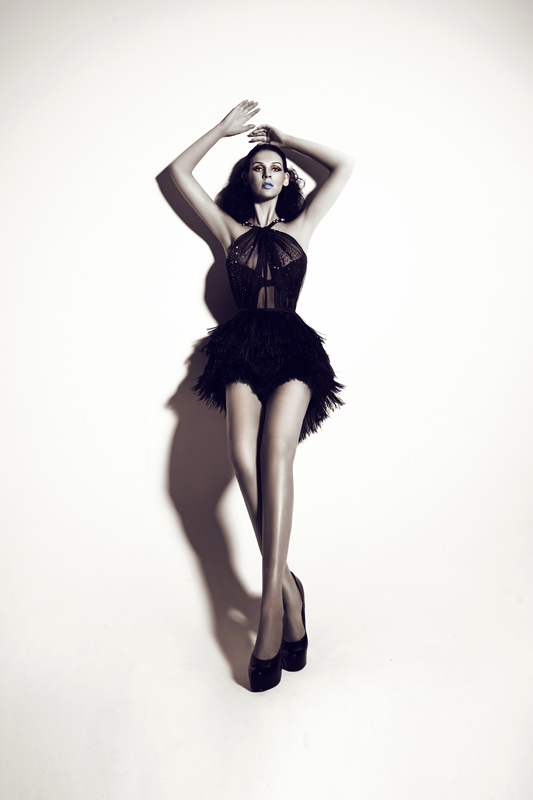Author’s Intro: Kevin provides various tips and tricks on wedding photography, portrait photography and family photography.

Flash photography is one of the photography techniques where, once mastered, will produce extremely amazing and beautiful photos. However, many people do not completely understand what flash photography is, or the correct technique that should be applied. This is why many amateur attempts at family photography in Brisbane that use flash often produce sad results.
Built-in flash, studio strobes, and hot shoe-mounted flash units are examples of devices that can emit good flash. Nevertheless, no matter how high-tech a device is, flash photography needs good management of flash and ambient light exposure, as they contribute to the images captured. Flash exposure is affected by aperture and ISO settings, while ambient light exposure is managed by changing the shutter speeds. Thus, keep the shutter open longer is not much help to flash portrait photography in Brisbane.
The inverse square law states that distance affects flash illumination. This is applicable for images in which there is more than one subject and they are positioned at different distances from the photographer. When the distance to one subject is increased by a factor of 1.4, for example, flash illumination is reduced by half. Thus, when photographing a group portrait where people in the first row are 10 feet away from the photographer, and people in the second row are 14 feet away, the first row will be one full stop brighter than the second will.
Most people are familiar with direct flash, the flash that is emitted directly on the subject from the camera. Good tips for using this flash is that the subject needs to be further away from the background, i.e., nearer to the camera, and the flash should be angled so that there will not be harsh shadows and little depth in the resulting image.

Another type of flash is the stroboscopic flash, where a flash is fired rapidly several times during a single long exposure. The exposure should be set manually at f/2.8 for ½ second in order to obtain flash firing that is evenly spaced.
If flash is to be used in an environment with tungsten or, predominantly, incandescent lighting, the flash should be gelled so that the image looks more neutral. Otherwise, the usage of flash without gel will result in a grungy-orange background and a blue-hued image.
While flash photography might seem complicated, it is worth the time spent getting right because the resulting photos can look stunning and dramatic. At the same time, if you have yet to master the skill but have to take fantastic photos, engage a professional photographer and see if you can pick up some tips.
Author’s Intro: Kevin provides various tips and tricks on wedding photography, portrait photography and family photography.
Website: Dreamlife Wedding Photography

